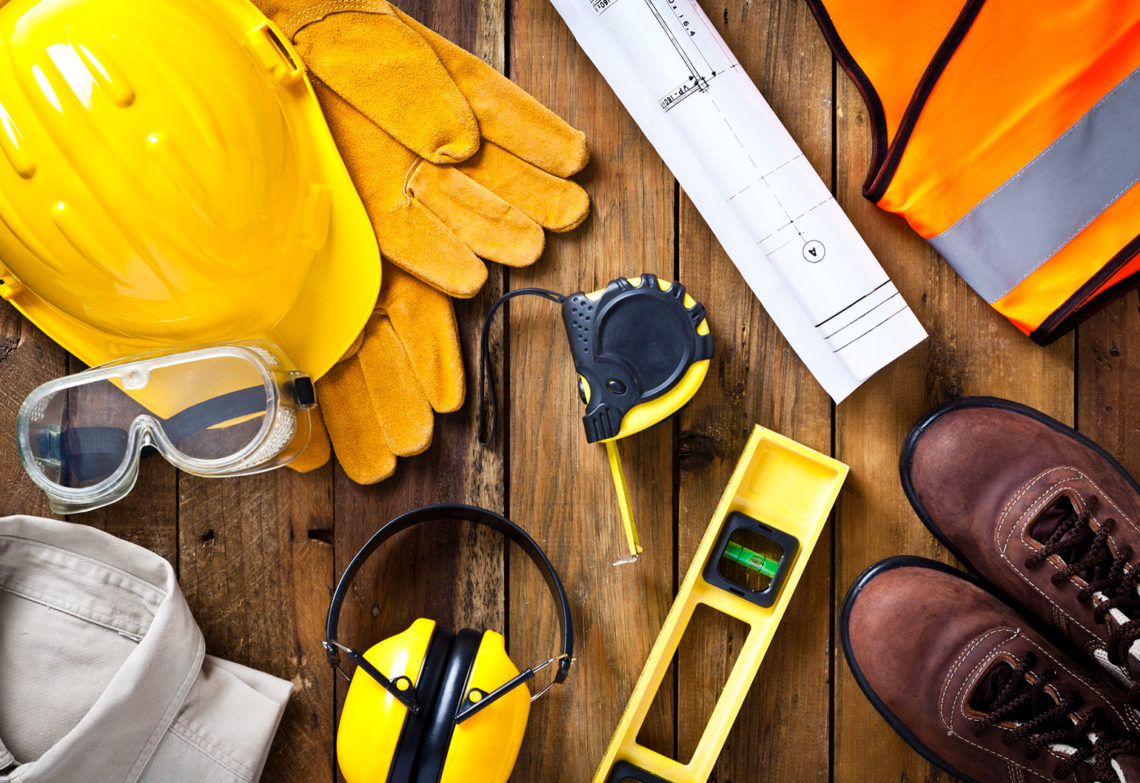As designers, engineers play a key role in keeping workers safe. create spoke with safety specialists about how to meet this challenge in a complex world, and what will change with increasing automation.
An internet search for ‘engineer’ brings up images of men and women sporting hard hats and hi-vis vests. But according to David Skegg, former President of the Safety Institute of Australia, there’s a lot more to safety in an engineering workplace.
“It’s become a uniform, but what are you protecting people against?” he asked, adding that ‘fashions’ in safety could lead to complacency and a failure to question underlying assumptions.
Skegg is a teaching scholar at Central Queensland University, where he lectures in accident forensics, or determining which factors caused an incident or injury and designing controls to prevent it happening again. He has applied this knowledge across the maritime, aviation, pharmaceutical manufacturing and local government sectors.
To keep workers safe as technology becomes more complex, Skegg said engineers need to develop their investigative skills and approach problems with a “wide lens” before drilling down to the details of what actually went wrong.
As well as analysing failures, engineers should also look at the resilience of workplace solutions, or how they succeed in the face of unexpected conditions.
“You can build a model to interrogate that in the very complex world we live in,” Skegg added.
Human-machine interface
Skegg, who is also a member of the Engineers Australia Risk Engineering Society (RES), said that while engineers are not necessarily exposed to workplace hazards as often as operators and other workers, they have a very high degree of responsibility for workplace safety – particularly in the design phase.
In addition to technological factors, engineers need to consider humans as part of the systems they design. For example, in the aviation industry, error tolerant systems have shifted the focus to non-technical safety considerations.
“It’s all to do with the interface between people and systems and people and [other] people,” Skegg explained.
Look and feel are important
According to Jim Whiting, Managing Director and Principal Risk Engineer at risk@workplaces, ergonomics have a direct effect on safety. For instance, if protective gear is hot or uncomfortable, people will take it off.
This also applies to safety solutions built into equipment design. Whiting gave the example of a pressure press with two-handed operation to stop operators putting their fingers in harm’s way. He said engineers should think about how users would respond to this mechanism, and not assume that it is foolproof.
“What would motivate an operator to jam a broomstick on one lever and have a hand in the danger zone?” he asked.
Whiting added that aesthetics are also important, as they can appeal to workers on an emotional, social or psychological level – and many decisions that affect workplace safety are based on ‘gut’ reactions, rather than logic.
Another way designs can foster safety is through ease of maintenance — if systems are difficult to maintain, this can lead to future equipment failures or injuries.
One resource to help engineers navigate these considerations is the Risk Engineering Body of Knowledge (REBOK), which draws on the expertise of safety and risk specialists including Skegg and Whiting.
Challenges of automation
One of the selling points of automated technologies is that they will increase safety by removing human error. But Whiting pointed out that most systems were not yet completely autonomous, and therefore it’s important to adapt interfaces for safe human interaction. One issue is deciding the conditions that cause a machine to hand control back to a person.
“There have been catastrophes where there’s been an assumption that there’s no need for the human — but in actual fact, there was,” Whiting said.
For instance, an international flight safety panel has recently reported on two Boeing 737 Max crashes that resulted in the deaths of more than 340 people. They found that the aircraft certification process needed updating to reflect more complex automated systems and include checks for fail-safe design principles that minimised reliance on pilots.
The panel also found that pilots needed training in how to respond when these new systems failed, something that was neglected due to commercial pressures.
Whiting added that engineers also need to think about which processes should be automated, and which should not, as well as unexpected consequences that might arise from new technology, and how to win users’ trust.
While safety solutions can be expensive to implement, Skegg said that in the long term, they protect organisations’ bottom lines. In Boeing’s case, the 737 Max fleet has been grounded since March at a cost of up to US$5 million (AU$7.35 million) per day.
“If you’re prepared to spend the money, you’ll get better results,” Skegg said.




Are not achieving safety / resilience risks ?
And don’t our risk management skills , like our piano-playing ones, require constant practice ?
And isn’t everything we do a personal risk-management training opportunity ?
copyright BRCharlton